It’s Gameday on Rocky Top, with the Tennessee Volunteers hosting the Georgia State Panthers. Here’s the Gameday Gameplan for Vols fans. Where and when to find the Vols game on TV, what other games to watch today as well, and what to listen to and read as you wait for kickoff.
But first, just a little juice:
When is the Vols game, and what TV channel is it on?
Here are the particulars for today’s Tennessee game:
- Kickoff: 3:30
- TV: ESPNU
- Official video streaming: Watch ESPN
- Official audio streaming: Vol Network
- Live stats
The best other games for Vols fans to watch today
Here’s our list of games to watch today, curated just for Vols fans:
| Saturday, August 31, 2019 | |||||
| Away | Home | Time | TV | How | Why |
| NOON SLATE | |||||
| Mississippi State | Louisiana | 12:00 PM | ESPNU | Live | Future Vols opponent |
| South Alabama | Nebraska | 12:00 PM | ESPN | Check in | Former coaching candidate |
| AFTERNOON SLATE | |||||
| Georgia State | Tennessee | 3:30 PM | ESPNU | Live | Go Vols! |
| Duke | Alabama | 3:30 PM | ABC | DVR | Future Vols opponent |
| South Carolina | North Carolina | 3:30 PM | ESPN | DVR | Future Vols opponent |
| EVENING SLATE | |||||
| Georgia | Vanderbilt | 7:30 PM | SECN | DVR | Future Vols opponents |
| Missouri | Wyoming | 7:30 PM | CBSSN | DVR | Future Vols opponent |
| Oregon | Auburn | 7:30 PM | ABC | Live | Top 25 matchup |
And here’s a searchable version of the entire college football TV schedule for the day:
| Date | Time | TV | ||
|---|---|---|---|---|
| Thu Aug 29 | Albany | Central Michigan | 7:00 PM | ESPN3 |
| Thu Aug 29 | Morgan State | Bowling Green | 7:00 PM | ESPN3 |
| Thu Aug 29 | Robert Morris | Buffalo | 7:00 PM | ESPN+ |
| Thu Aug 29 | UCLA | Cincinnati | 7:00 PM | ESPN |
| Thu Aug 29 | Wagner | UConn | 7:00 PM | ESPN3 |
| Thu Aug 29 | Central Arkansas | Western Kentucky | 7:30 PM | ESPN+ |
| Thu Aug 29 | Florida A&M | UCF | 7:30 PM | CBSSN |
| Thu Aug 29 | Gardner-Webb | Charlotte | 7:30 PM | ESPN+ |
| Thu Aug 29 | Alabama State | UAB | 8:00 PM | ESPN+ |
| Thu Aug 29 | Florida International | Tulane | 8:00 PM | ESPN3 |
| Thu Aug 29 | Georgia Tech | Clemson | 8:00 PM | ACCN |
| Thu Aug 29 | Texas State | Texas A&M | 8:30 PM | SECN |
| Thu Aug 29 | South Dakota State | Minnesota | 9:00 PM | FS1 |
| Thu Aug 29 | Kent State | Arizona State | 10:00 PM | PAC12 |
| Thu Aug 29 | Northern Colorado | San Jose State | 10:00 PM | |
| Thu Aug 29 | Utah | BYU | 10:15 PM | ESPN |
| Fri Aug 30 | Rice | Army | 6:00 PM | CBSSN |
| Fri Aug 30 | Tulsa | Michigan State | 7:00 PM | FS1 |
| Fri Aug 30 | Wisconsin | South Florida | 7:00 PM | ESPN |
| Fri Aug 30 | UMass | Rutgers | 7:15 PM | BTN |
| Fri Aug 30 | Utah State | Wake Forest | 8:00 PM | ACCN |
| Fri Aug 30 | Purdue | Nevada | 9:30 PM | CBSSN |
| Fri Aug 30 | Colorado State | Colorado | 10:00 PM | ESPN |
| Fri Aug 30 | Oklahoma State | Oregon State | 10:30 PM | FS1 |
| Sat Aug 31 | Akron | Illinois | 12:00 PM | BTN |
| Sat Aug 31 | East Carolina | NC State | 12:00 PM | ACCN |
| Sat Aug 31 | Florida Atlantic | Ohio State | 12:00 PM | FOX |
| Sat Aug 31 | Howard | Maryland | 12:00 PM | BTN |
| Sat Aug 31 | Indiana | Ball State | 12:00 PM | CBSSN |
| Sat Aug 31 | Indiana State | Kansas | 12:00 PM | |
| Sat Aug 31 | Mississippi State | Louisiana | 12:00 PM | ESPNU |
| Sat Aug 31 | Northern Iowa | Iowa State | 12:00 PM | FS1 |
| Sat Aug 31 | Ole Miss | Memphis | 12:00 PM | ABC |
| Sat Aug 31 | South Alabama | Nebraska | 12:00 PM | ESPN |
| Sat Aug 31 | Toledo | Kentucky | 12:00 PM | SECN |
| Sat Aug 31 | James Madison | West Virginia | 2:00 PM | |
| Sat Aug 31 | Rhode Island | Ohio | 2:00 PM | ESPN+ |
| Sat Aug 31 | Bucknell | Temple | 3:00 PM | ESPN3 |
| Sat Aug 31 | Eastern Washington | Washington | 3:00 PM | PAC12 |
| Sat Aug 31 | Georgia State | Tennessee | 3:30 PM | ESPNU |
| Sat Aug 31 | Colgate | Air Force | 3:30 PM | ESPN3 |
| Sat Aug 31 | Duke | Alabama | 3:30 PM | ABC |
| Sat Aug 31 | East Tennessee State | Appalachian State | 3:30 PM | ESPN+ |
| Sat Aug 31 | Eastern Michigan | Coastal Carolina | 3:30 PM | ESPN+ |
| Sat Aug 31 | Holy Cross | Navy | 3:30 PM | CBSSN |
| Sat Aug 31 | Idaho | Penn State | 3:30 PM | BTN |
| Sat Aug 31 | South Carolina | North Carolina | 3:30 PM | ESPN |
| Sat Aug 31 | Montana State | Texas Tech | 4:00 PM | |
| Sat Aug 31 | Northwestern | Stanford | 4:00 PM | FOX |
| Sat Aug 31 | Portland State | Arkansas | 4:00 PM | SECN |
| Sat Aug 31 | Virginia Tech | Boston College | 4:00 PM | ACCN |
| Sat Aug 31 | Campbell | Troy | 6:00 PM | ESPN+ |
| Sat Aug 31 | Incarnate Word | UTSA | 6:00 PM | ESPN3 |
| Sat Aug 31 | Sam Houston State | New Mexico | 6:00 PM | |
| Sat Aug 31 | Syracuse | Liberty | 6:00 PM | ESPN+ |
| Sat Aug 31 | UC Davis | California | 6:30 PM | PAC12 |
| Sat Aug 31 | VMI | Marshall | 6:30 PM | |
| Sat Aug 31 | Alcorn State | Southern Mississippi | 7:00 PM | ESPN+ |
| Sat Aug 31 | Boise State | Florida State | 7:00 PM | ESPN |
| Sat Aug 31 | Illinois State | Northern Illinois | 7:00 PM | ESPN+ |
| Sat Aug 31 | Monmouth | Western Michigan | 7:00 PM | ESPN3 |
| Sat Aug 31 | Nicholls | Kansas State | 7:00 PM | ESPN+ |
| Sat Aug 31 | Norfolk State | Old Dominion | 7:00 PM | ESPN3 |
| Sat Aug 31 | SMU | Arkansas State | 7:00 PM | ESPN+ |
| Sat Aug 31 | Stephen F. Austin | Baylor | 7:00 PM | ESPN+ |
| Sat Aug 31 | Abilene Christian | North Texas | 7:30 PM | ESPN+ |
| Sat Aug 31 | Georgia | Vanderbilt | 7:30 PM | SECN |
| Sat Aug 31 | Georgia Southern | LSU | 7:30 PM | ESPNU |
| Sat Aug 31 | Miami (OH) | Iowa | 7:30 PM | FS1 |
| Sat Aug 31 | Middle Tennessee | Michigan | 7:30 PM | BTN |
| Sat Aug 31 | Missouri | Wyoming | 7:30 PM | CBSSN |
| Sat Aug 31 | Oregon | Auburn | 7:30 PM | ABC |
| Sat Aug 31 | Virginia | Pittsburgh | 7:30 PM | ACCN |
| Sat Aug 31 | Arkansas-Pine Bluff | TCU | 8:00 PM | |
| Sat Aug 31 | Grambling | UL Monroe | 8:00 PM | ESPN3 |
| Sat Aug 31 | Houston Baptist | UTEP | 8:00 PM | ESPN+ |
| Sat Aug 31 | Louisiana Tech | Texas | 8:00 PM | LHN |
| Sat Aug 31 | Weber State | San Diego State | 9:00 PM | |
| Sat Aug 31 | New Mexico State | Washington State | 10:00 PM | PAC12 |
| Sat Aug 31 | Southern Utah | UNLV | 10:00 PM | |
| Sat Aug 31 | Fresno State | USC | 10:30 PM | ESPN |
| Sun Sep 1 | Houston | Oklahoma | 7:30 PM | ABC |
| Mon Sep 2 | Notre Dame | Louisville | 8:00 PM | ESPN |
GRT games and contests
While you’re waiting for the games to begin, make sure that you submit your answers to the GRT Guessing Game questions and update your picks for the GRT Pick ‘Em.
GRT game-week audio
Here’s our podcast from earlier this week:
And here’s Will’s regular Friday appearance with Josh Ward and Heather Harrington on WNML’s Sports 180:
Pre-game prep
And to catch up on your pre-game reading, have a look at our game preview posts from earlier this week:
- Progress is the Expectation. How Much is the Fun Part.
- GRT’s SPM on whether the Vols will cover against Georgia State
- The GRT Expected Win Total Machine
- Tennessee Vols statistical ranking trends – 2018 baseline
- Finding Out What You Have
- Make a Memory
- The Idiot Optimist’s Guide to the 2019 Season
Go Vols!
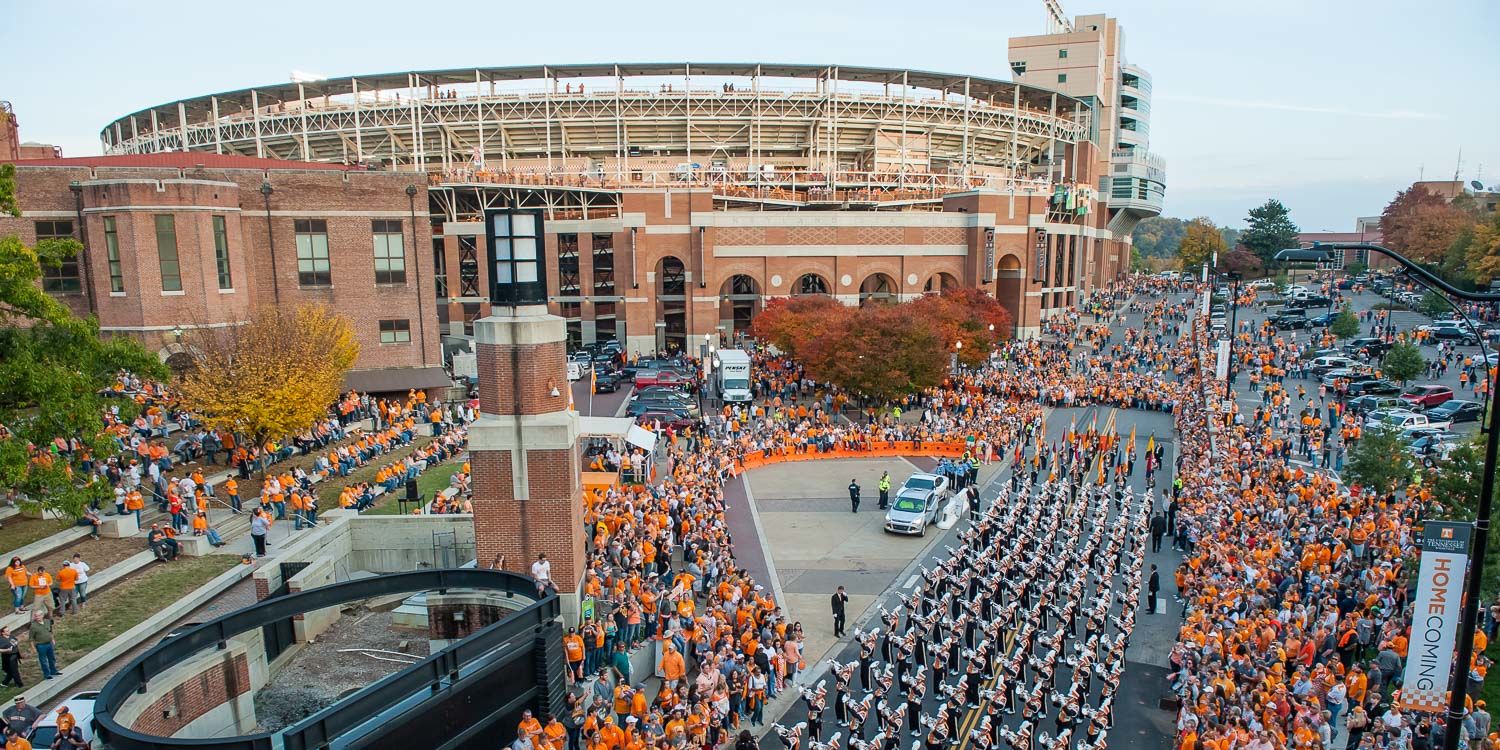
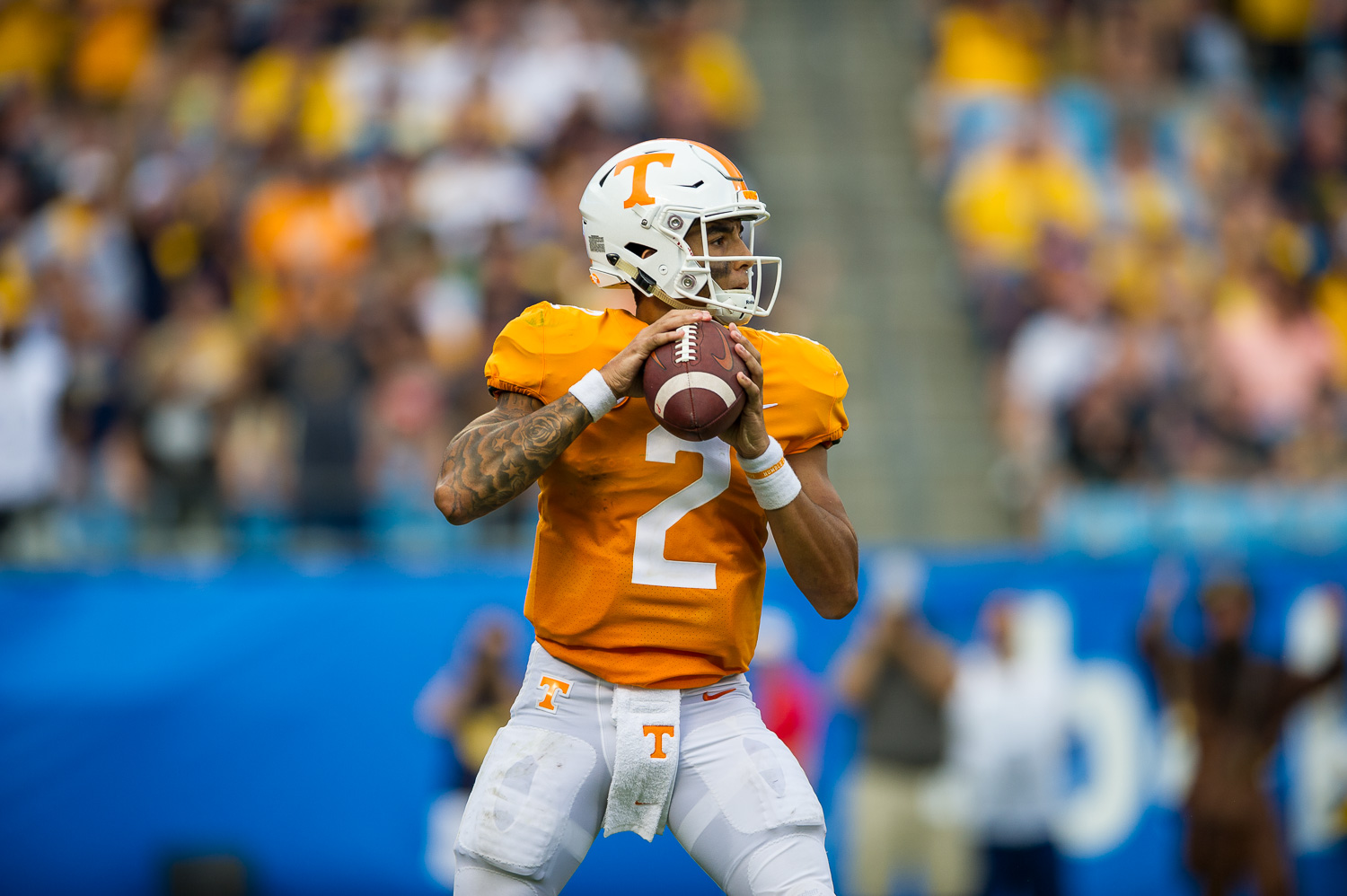
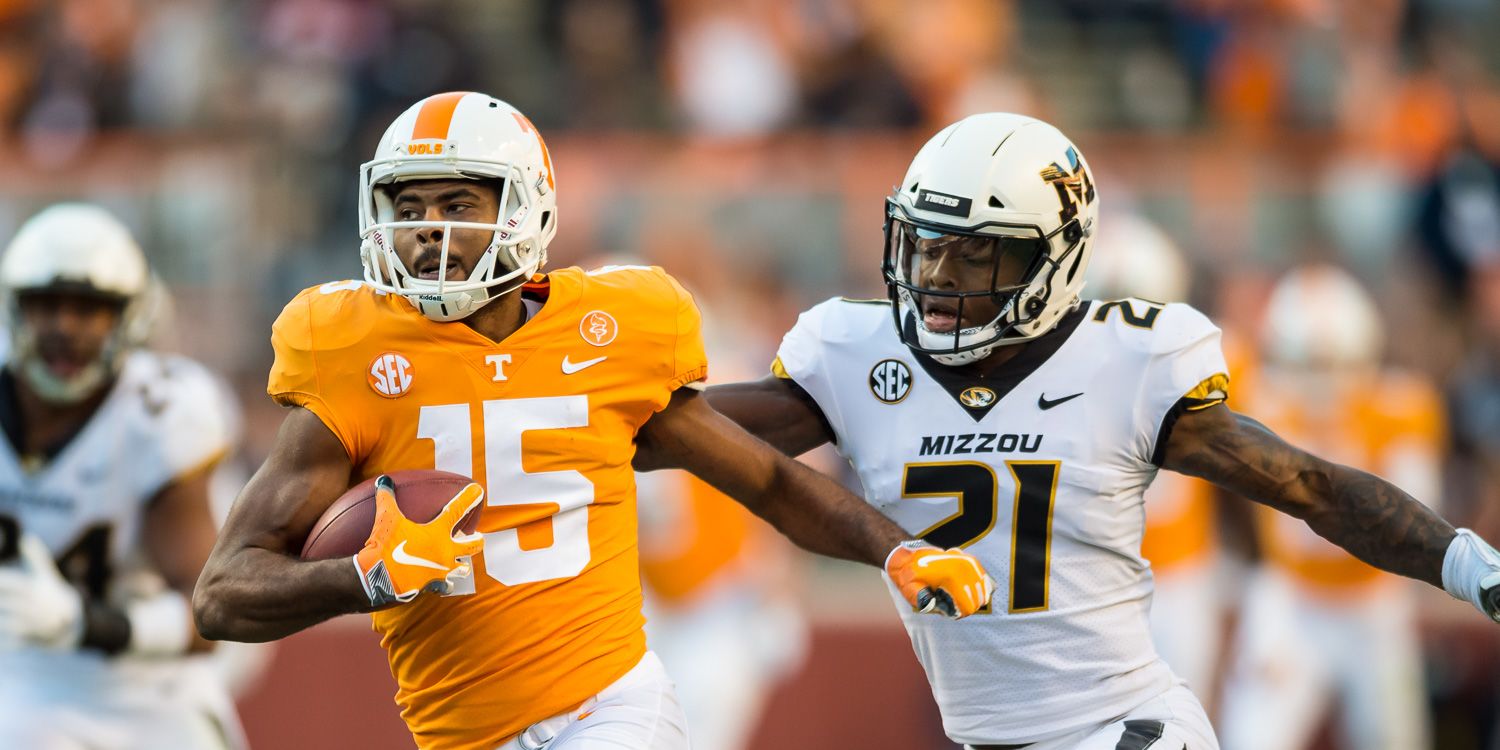

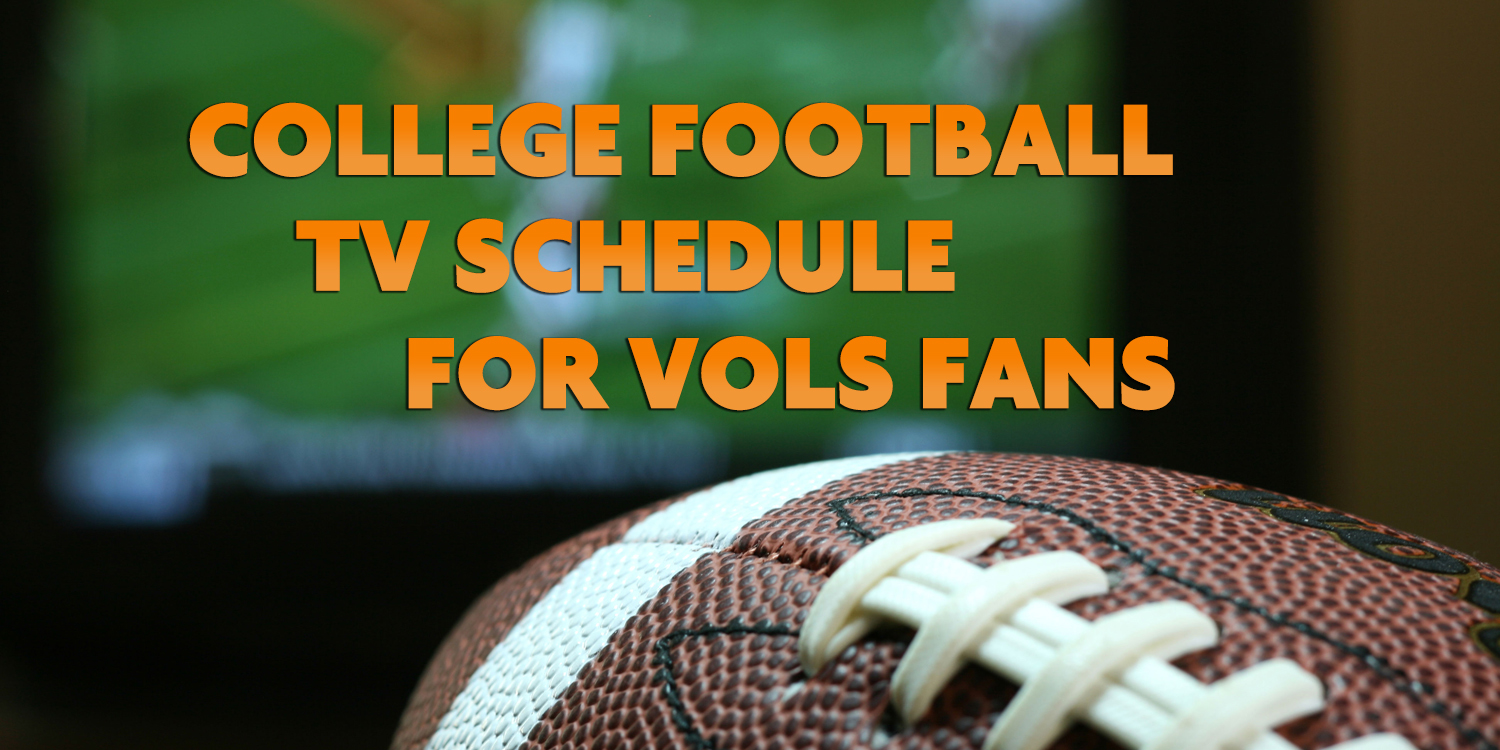



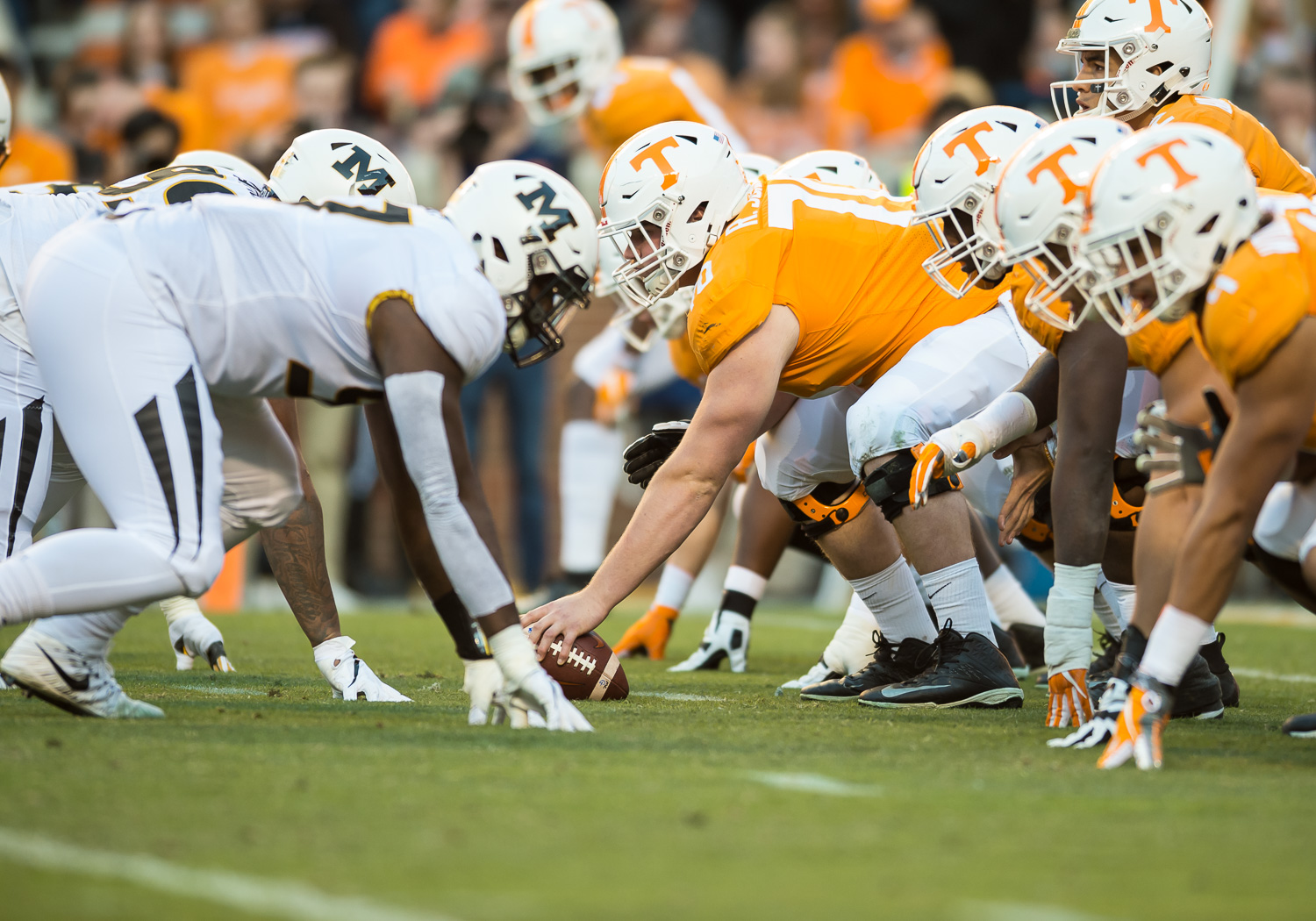
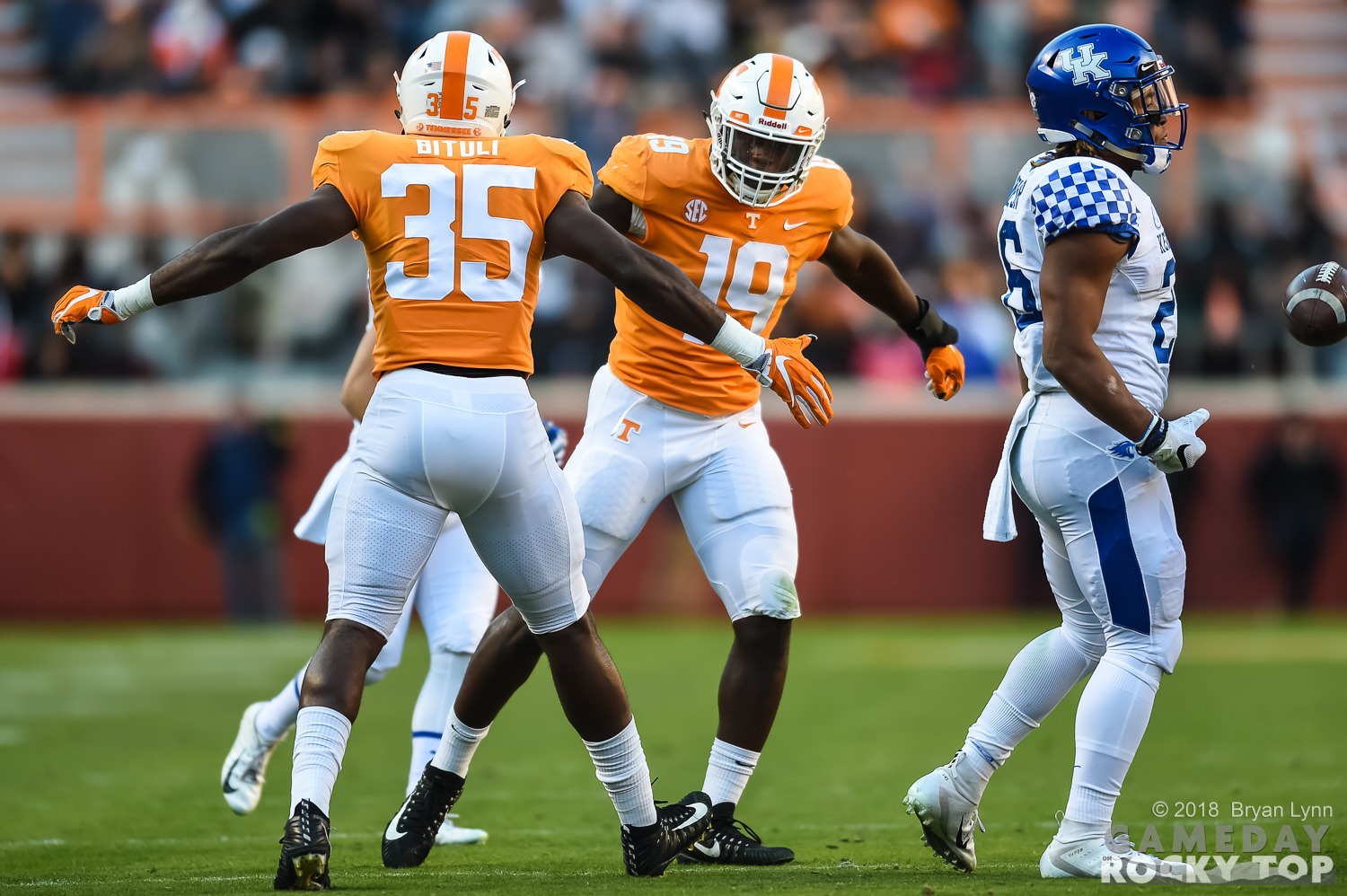
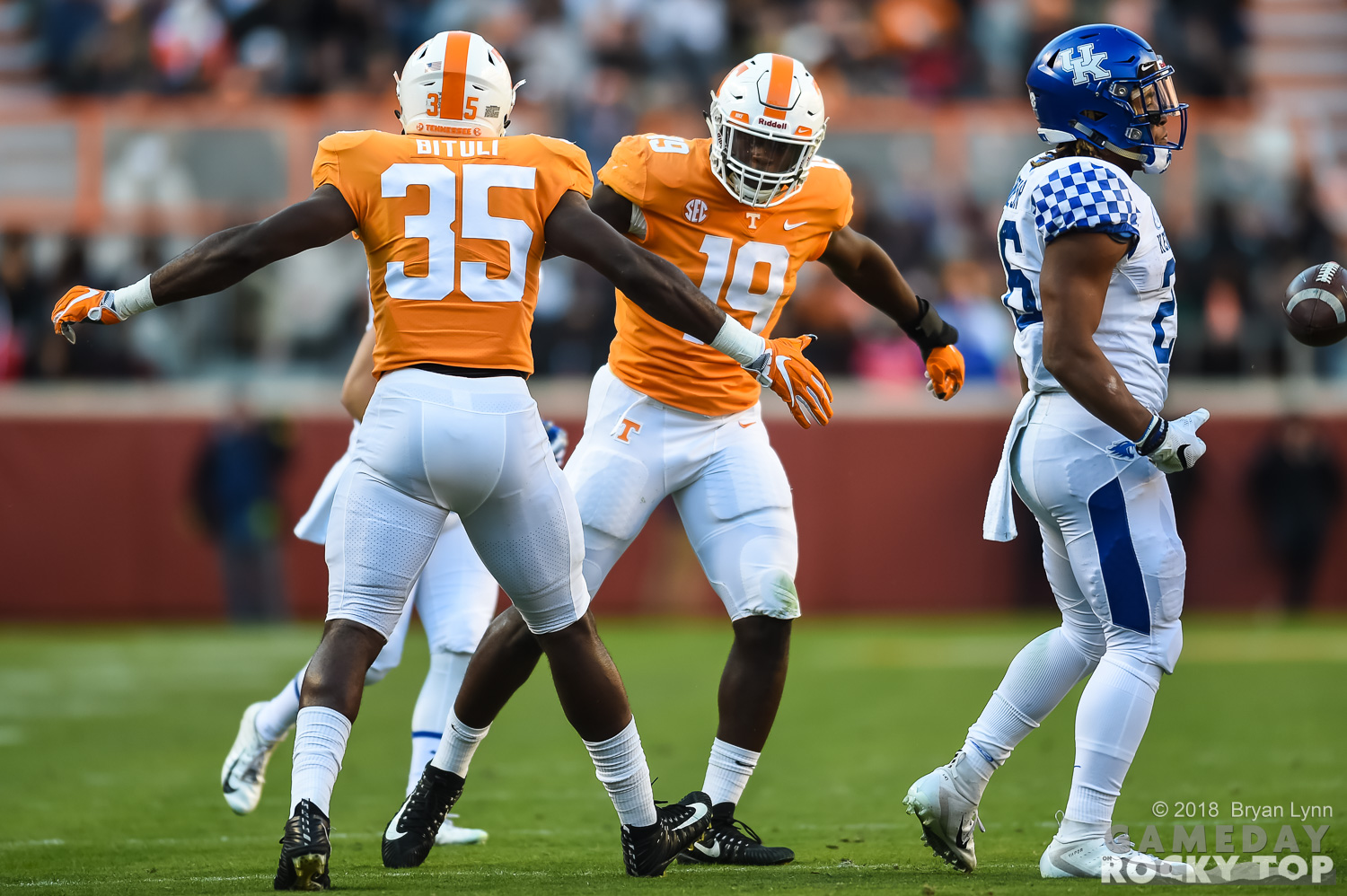
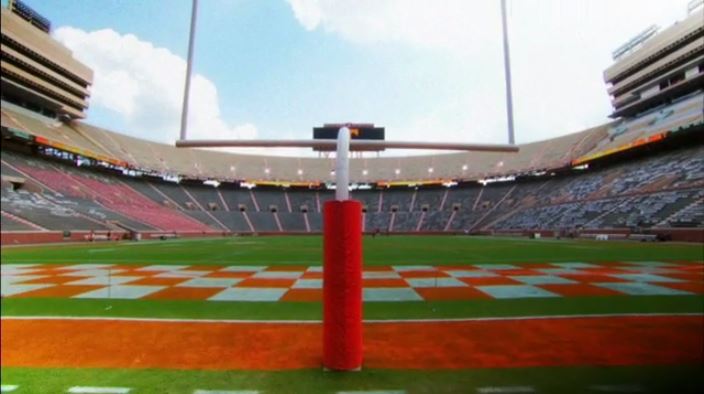
You must be logged in to post a comment.